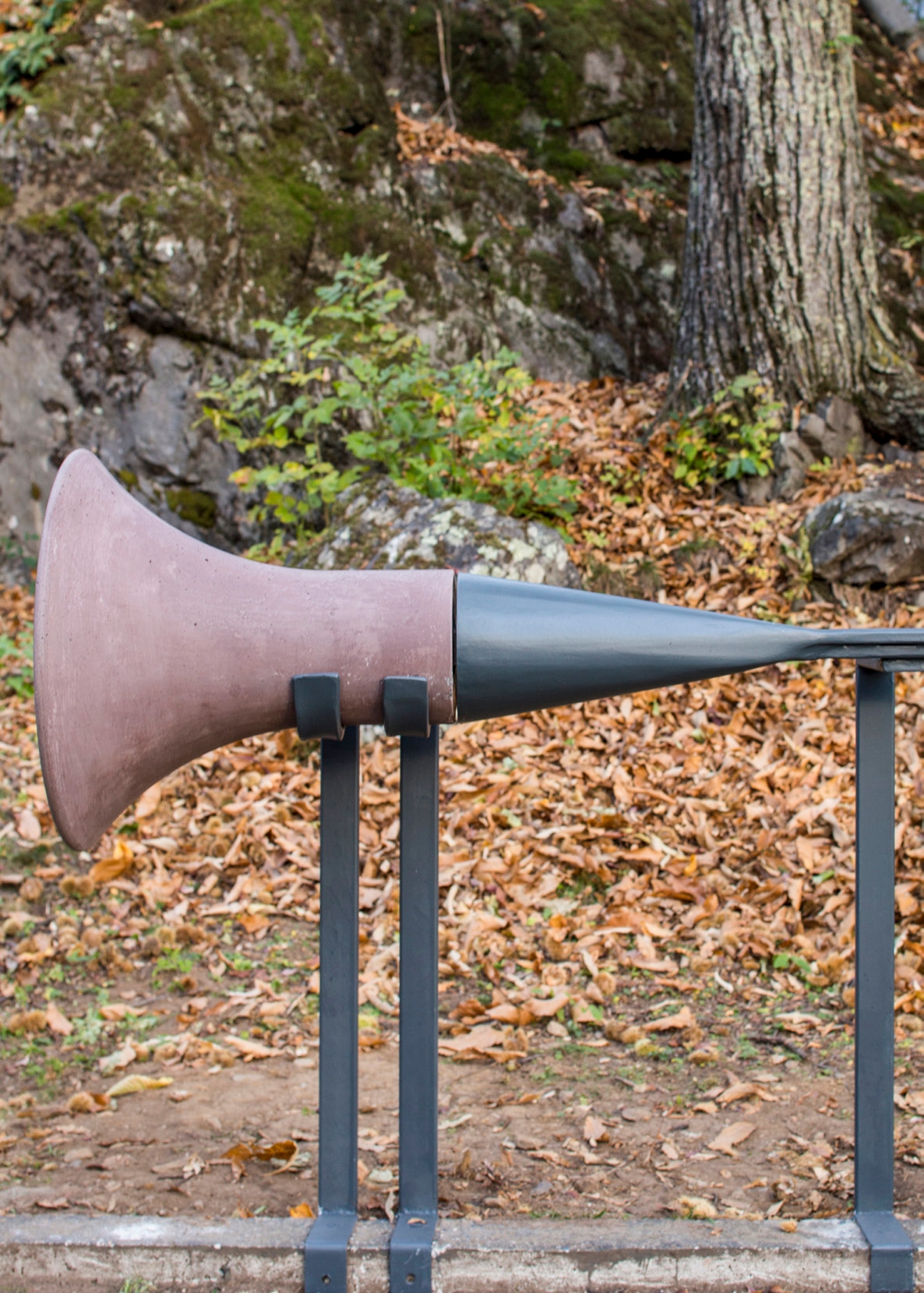
Mountain landscapes are often rich in stories, myths, and traditions, acting as silent narrators of human history. Valle Camonica, home to Italy’s first UNESCO World Heritage site (No. 94), holds one of the world’s most extensive collections of rock drawings. These incisions constitute an extraordinary cultural and archaeological palimpsest, embedded within a wild and rugged territory that, while rich in historical significance, often presents challenges to accessibility.
The intervention by Babau Bureau and architect Elisa Brusegan in the Dos Sottolaiolo archaeological area reinterprets the relationship between built space, sensory perception, and the act of narration. A continuous guiding element, featuring contemporary interpretations of the engravings, facilitates engagement with the site, while a sound-based component introduces an additional interpretative layer. The project transcends conventional accessibility measures, proposing a broader reflection on the role of architecture in shaping the perceptual and narrative dimensions of cultural landscapes.
By integrating spatial, material, and auditory elements, the intervention stimulates the perception and sensitivity of the user by transforming the archaeological site into a place of continuous narrative transmission from past to present.







